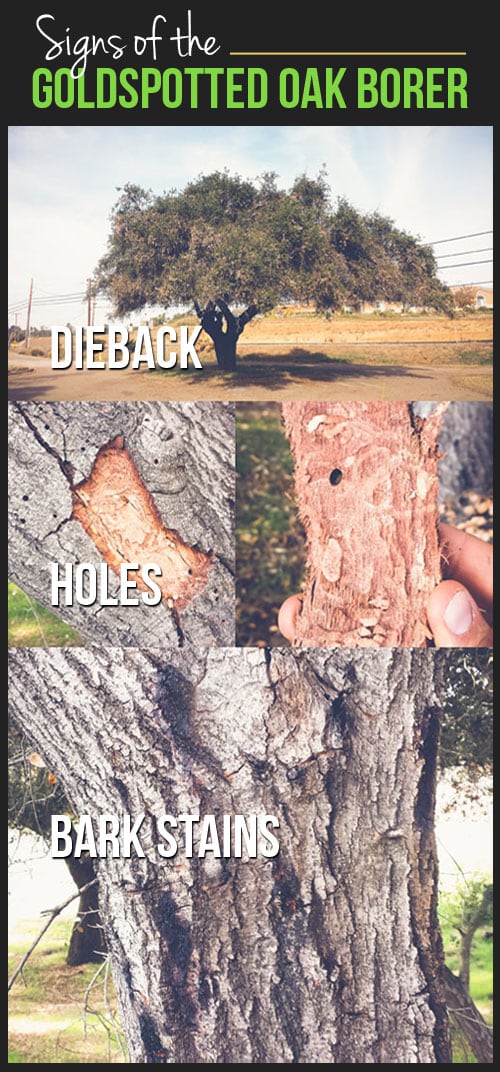When it involves developing a landscape that prospers, grasping the art of tree trimming is a must. Visualize being able to form your trees with precision, guaranteeing their vitality and beauty for years to come. By finding out the important techniques for correct cuts, timing, and structural training, you hold the key to a flourishing outdoor area that will impress all who experience it. But just how do these trimming techniques genuinely influence the health and wellness of your trees and the general landscape aesthetic?
Appropriate Trimming Cuts for Tree Health
When it concerns preserving the wellness of your trees, making correct pruning cuts is important. Wrong cuts can cause illness, insect problem, and total tree decrease. To make certain the vigor of your trees, constantly start by using sharp, tidy tools to make exact cuts.
Begin by recognizing the branch collar, a swollen area where the branch connects to the trunk. Cutting simply outside the collar helps advertise correct recovery and minimizes the risk of infection. Prevent leaving stubs as they can invite bugs and conditions right into the tree.
Bear in mind to make cuts at a minor angle, sloping away from the trunk, to stop water from merging on the injury. Furthermore, remove any dead, harmed, or crossing branches to enhance air flow and sunshine penetration.
Timing and Frequency of Trimming
To preserve the wellness and framework of your trees, comprehending the ideal timing and regularity of pruning is important.
The very best time to trim trees is usually during the dormant period in late winter or very early springtime. Pruning during this period aids advertise new development once the tree begins budding in the springtime.
Nevertheless, some trees, like spring-flowering ones, are best pruned right after they finish blooming to avoid removing following year's flower buds.
landscaping services auckland is important, yet the regularity depends upon the tree varieties and its development rate. For a lot of trees, an annual assessment to eliminate dead, diseased, or going across branches is recommended. Young trees may require more frequent pruning to develop a solid framework, while mature trees may only require upkeep trimming every couple of years.
Avoid pruning throughout the fall when diseases are a lot more conveniently spread, and refrain from hefty trimming during the summer when the tree is proactively growing.
Educating Young Trees for Framework
For establishing solid and healthy and balanced trees, training young trees for optimum framework is vital. By forming a tree when it's young, you set the foundation for a strong and visually attractive mature tree.
Begin by identifying the main leader, which is the primary upward-growing branch. Motivate the main leader's growth by trimming away competing leaders, aiding the tree create a solid central trunk. Furthermore, get rid of any type of branches that grow internal or downward, as they can trigger architectural concerns as the tree grows.
It is very important to area out side branches uniformly around the trunk to promote balanced development. As the tree develops, continue to check its development and trim as needed to keep its form and framework.
Appropriately trained arborist services are much less most likely to create weak crotches or overcrowded branches, lowering the risk of damages during storms. Investing time in training young trees will certainly settle with a beautifully structured and durable tree in the future.
Verdict
Since you have mastered the crucial techniques of tree pruning, your landscape is on its way to flourishing. By utilizing sharp devices, making precise cuts, and appropriately timing your trimming sessions, you are guaranteeing the wellness and durability of your trees. Keep in mind to routinely check and preserve your trees to keep them flourishing. With your newfound expertise, your landscape will remain to expand beautifully for many years ahead. Keep up the great work!
